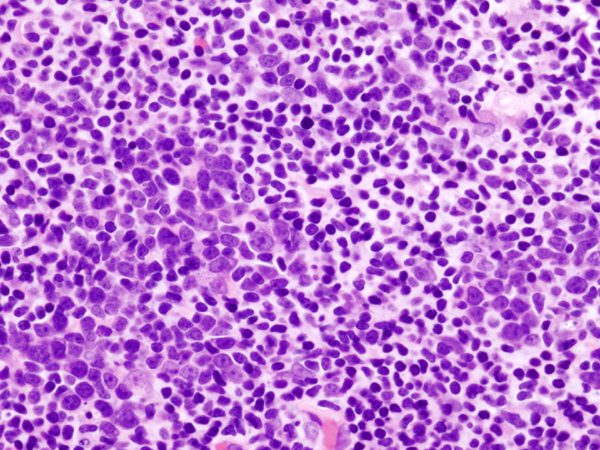Gallbladder Cancer

Gallbladder cancer is a rare disease in which malignant cells are found in the tissues of the gallbladder, the pear-shaped organ that lies just under the liver in the upper abdomen. The gallbladder stores bile, a fluid made by the liver to digest fat.
Being a woman can increase the risk of developing gallbladder cancer as does being a Native American.
In 2024, the National Cancer Institute projects that about 12,350 new cases of gallbladder cancer and other biliary cancers will be diagnosed in the United States and some 4,530 adults will die of these cancers.
How Do Gallbladder Cancer and Bile Duct Cancer Develop?
Gallbladder cancer begins in the inner, or mucosal, layer of the organ, most commonly in cells that make and release mucus and other fluids. It then spreads into the muscle and outer layers. Bile duct cancer forms in cells in any portion of the bile duct network.
Risk factors for bile duct cancer include having chronic colitis, certain liver diseases, and infection with a worm parasite known as the clonorchis sinensis, or the Chinese liver fluke. Risk factors for gallbladder cancer are being a woman and being Native American.
Both forms of cancer are often diagnosed at later, more advanced stages because most people display few, if any, recognizable symptoms at early stages.
Gallbladder Cancer Treatment (PDQ®)Source: National Cancer Institute



